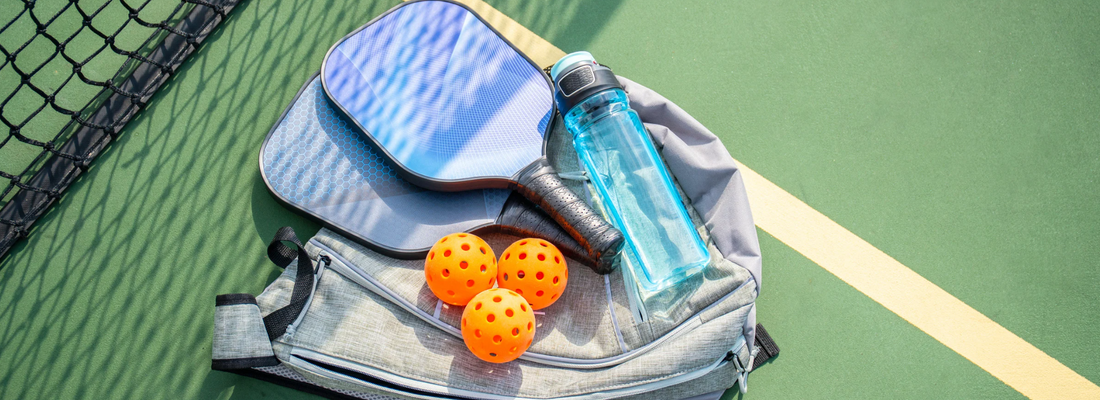
Pickleball Under the Lights: The Rise of Night Play and How It Changes the Game
Share
As pickleball’s popularity surges, courts once busy only during daylight hours are now buzzing after sundown. Floodlights illuminate the game, drawing players eager to escape the midday heat or fit matches into packed schedules. The shift toward night play is not just about convenience. It is transforming the tempo of the sport, altering strategies, and reshaping the social dynamics of the game.
Why Night Play is Growing
Daylight hours are precious, and for many players, they are already consumed by work, school, or family responsibilities. Evening pickleball provides an accessible alternative. Players arrive energized, eager to release the day’s stress under the glow of the lights.
In warmer regions, evening sessions are often a necessity. Temperatures drop to comfortable levels, making longer rallies and high-energy games possible without the punishing effects of midday sun. Communities have responded, investing in lighting systems that allow courts to stay active well into the night.
The Atmosphere of Night Games
There is a magic to playing pickleball after dark. The contrast of a brightly lit court against the surrounding shadows sharpens focus and heightens intensity. The sound of paddles popping against the ball feels louder, crisper, and more rhythmic. Crowds gather, and a sense of camaraderie builds as matches unfold in a shared, electric atmosphere.
For many players, night pickleball becomes more than just a game—it is a social event. Courtside banter, post-match gatherings, and league nights contribute to a festival-like vibe that daytime play rarely matches.
How Lighting Affects Performance
Artificial lighting introduces nuances to the sport. Shadows, glare, and altered depth perception can change how the game is played.
- Ball Tracking: Players must adapt to spotting the ball against artificial light rather than natural backgrounds.
- Pace of Play: Under lights, the ball can appear faster, pushing players to hone reaction times.
- Strategic Adjustments: Lob shots may lose some of their sting as players track them differently in illuminated conditions.
Night games demand sharper reflexes and heightened concentration, rewarding players who can adapt quickly to new visual cues.
Equipment Considerations
Not all gear performs equally under the lights. Brightly colored pickleballs—often neon green or orange—improve visibility. Paddles with matte finishes reduce glare, allowing players to strike cleanly without distraction. Shoes designed with reflective elements add a subtle safety advantage, particularly on shared community courts where visibility matters.
The Social Shift of Evening Play
Night pickleball is evolving into a community tradition. Leagues schedule prime-time matches, while recreational players treat evening games as a form of nightlife. Couples, families, and groups of friends gather for games followed by food and conversation. It blends competition with connection, creating an environment that feels as much about belonging as it does about winning.
Local businesses are taking note. Nearby restaurants and cafés often become post-game gathering spots, benefiting from the surge of activity that nighttime courts bring. The result is a cultural ripple that extends beyond the baseline.
Challenges and Considerations
With growth comes complexity. Lighting installations raise questions about energy consumption, neighborhood noise, and maintenance. Forward-thinking communities are addressing these concerns by adopting LED systems with lower energy use, directional fixtures that limit light pollution, and sound-dampening designs to reduce the sharp pop of the ball.
Conclusion
Pickleball under the lights has reshaped how, when, and why people play. The glow of evening courts not only extends access but also elevates the experience, intensifying the rhythm of the game and creating a vibrant social arena. As more communities embrace night play, pickleball’s future looks brighter than ever—quite literally.












